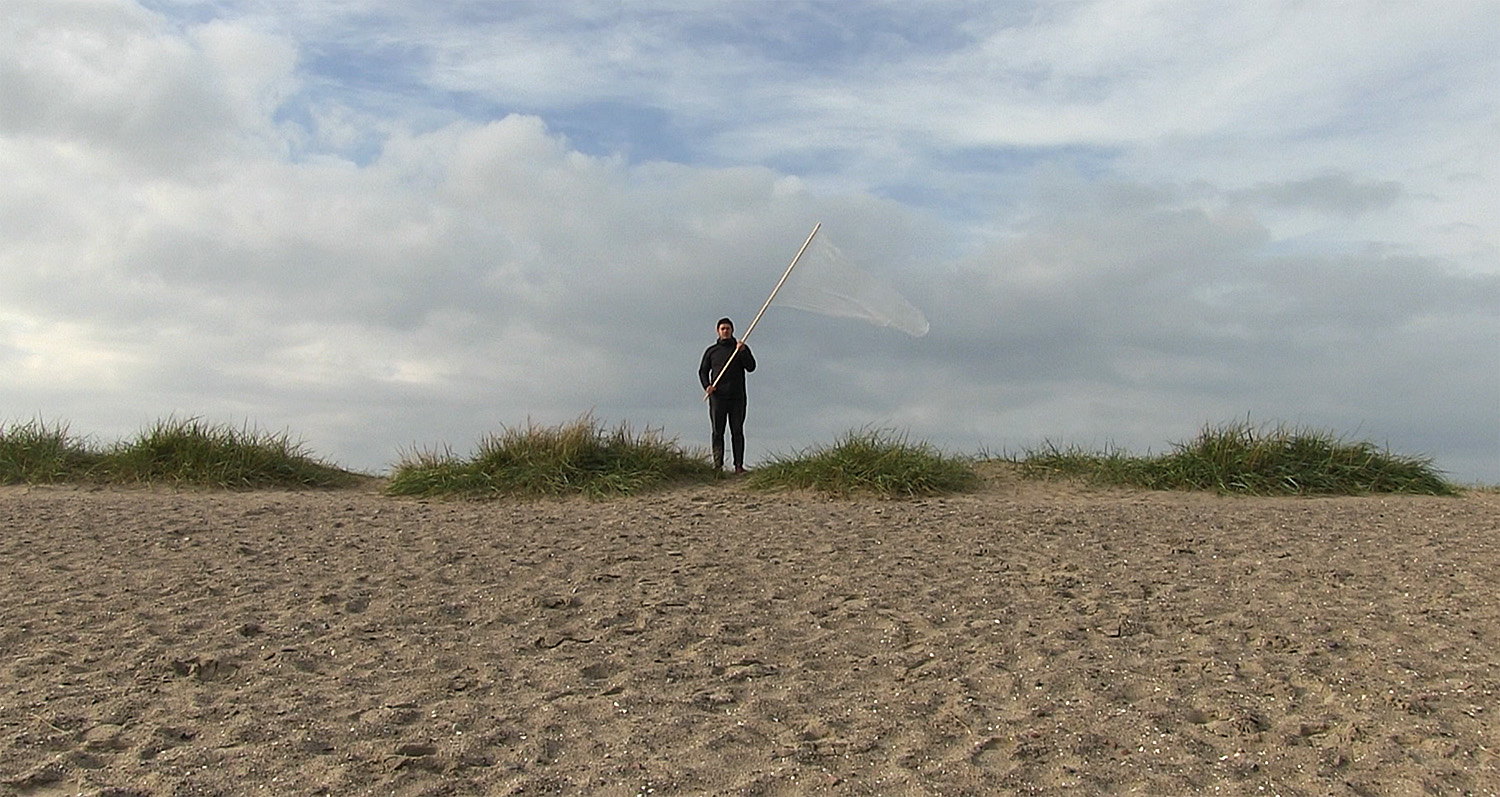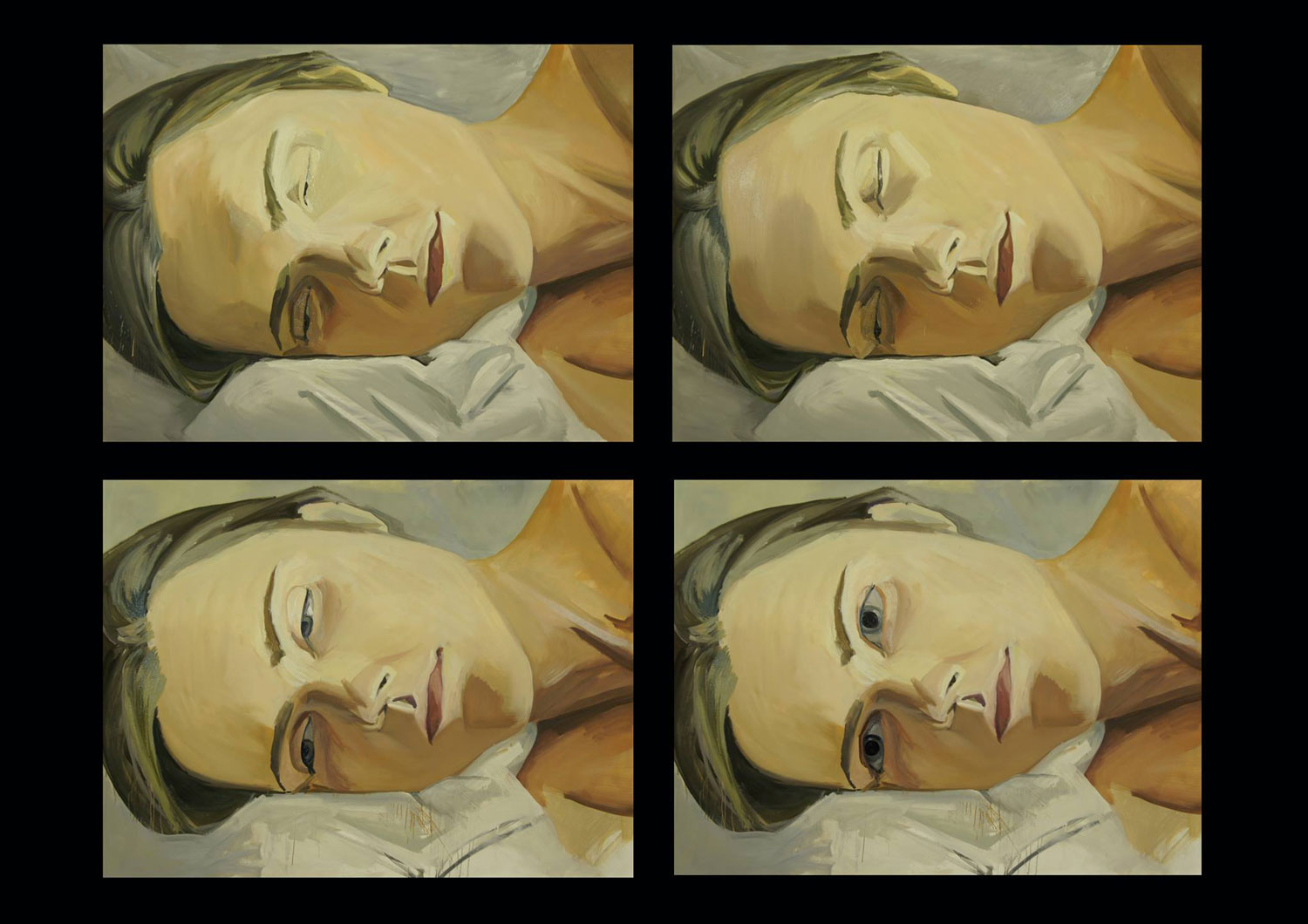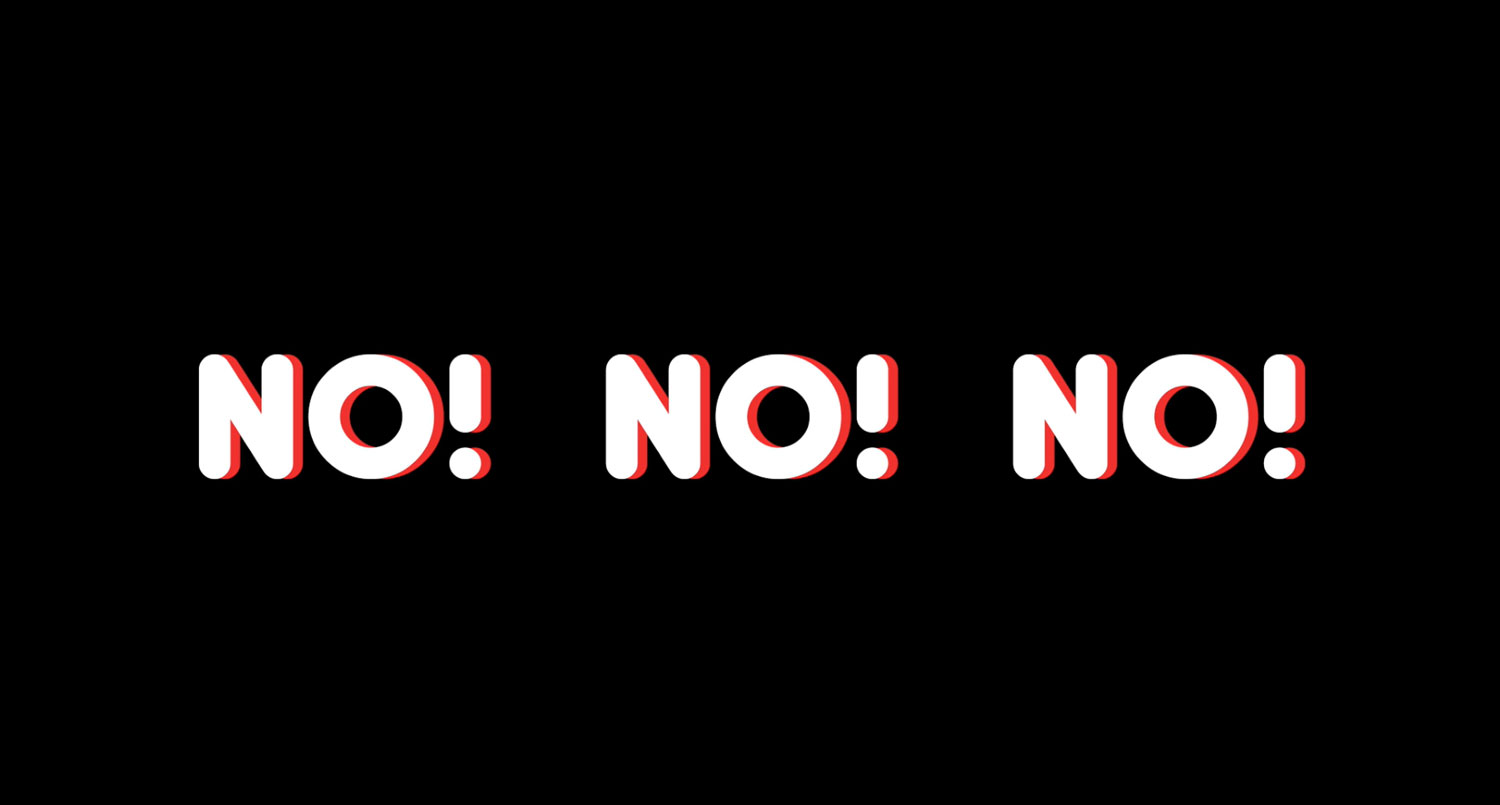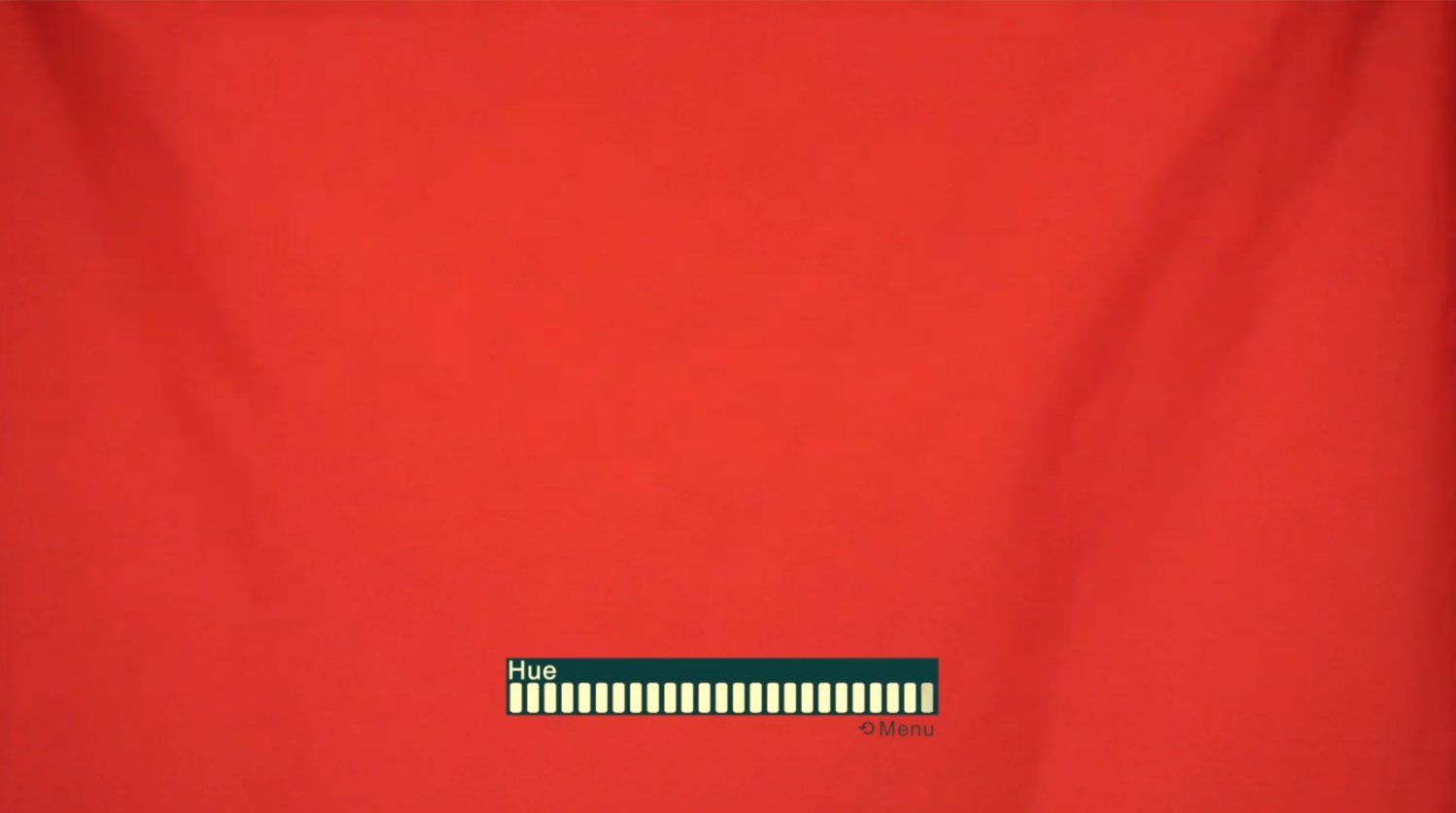
Yaroslav Futymsky, Flag is burning, 2019 Filmstill. © Yaroslav Futymsky
A letter from the front
Contemporary art from Ukraine
15.3 2022 – 31.3 2022
Stockholm
Moderna Museet presents A Letter From the Front, a selection of video works by contemporary artists from Ukraine, in collaboration with Castello di Rivoli Museo d’Arte Contemporanea. The programme is curated by artist Nikita Kadan, based in Kiyv, with Giulia Colletti.
Ukrainian artists who participate with their works are currently blocked in cities under siege or have managed to take refuge in the border areas or in neighboring countries. Some were unable to recover their hard drives before leaving their homes and studios. Therefore this project can only include artworks that have been stored in digital format on servers, clouds and web platforms.
Here follows a joint statement by the participating artists:
The greater the distances are between all of us, the more united we feel in our demand to stop the Russian aggression in Ukraine.
“We could not be more solidary than now, while we face the fact that years of political struggles risk dissapating and going up in smoke. The selection of works presented on this occasion do not strictly speak of the new war. They are rather evidence of the work that has been done – or that we thought we were doing – to prevent conflict. This works can be seen as a premonition of an evident and inevitable catastrophe, which has all too often become a reality in the history of Ukraine”.
Signed by participating artists
AntiGONNA; Yaroslav Futymsky; Nikolay Karabinovych; Dana Kavelina; Lesia Khomenko; Alina Kleytman; Yuri Leiderman; Katya Libkind; Yarema Malashchuk and Roman Himey; Lada Nakonechna; R.E.P.; Daniil Revkovsky; Andriy Rachinsky; Oleksiy Sai; Leisa Khomenko and Mykola Ridnyi.
Yaroslav Futymsky
Flag is burning (1:51 min, 2019) & Second Attempt (3:28 min, 2019)
The video performances of Yaroslav Futymsky are often related to the traces of political history hidden in the landscape. At the same time, they take the shape of political manifestations in a post-political world: summoning the ghosts of past and present revolutions.


Katya Libkind
Where are Your Big Ears Dear Dead Grandma? (6:44 min, 2021)
Libkind’s grandmother died at the age of 86 in Israel, choking on plain water. Reconstructing a non-existent conversation on her birthday, the artist pays homage to her ancestor.

AntiGONNA
Enter the War (3:57 min, 2017)
War lives deep under the Earth. People themselves let it in. The war asks to enter.

Rave on the bones (6:59 min, 2017)
At the same time, while the war continues in Ukraine till today, the raves continue. Raves on the bones.

AntiGonna (in collaboration with Nikita Kadan)
Yarema Malashchuk & Roman Himey
Dedicated to the Youth of the World II (9 min, 2019)
The focus of the film is the techno rave Cxema and the youth, on which the camera is carefully focused the morning after the event. This is the place and meeting that the youth of Kyiv are waiting for and preparing for — this particular escape from everyday life, rejection of it — evokes strange feelings of modern ritual.

R.E.P.
Yodler (17:59 min, 2011)
Yodler is part of a series of videos documenting site-specific performances that the R.E.P. group has produced in diverse, peripheral contexts, according to local folk traditions and current cultural situations. Each time, the actor-performed piece borrows its title from the language in which it is realized, carrying the tradition of itinerant folk musicians, in this case from Austria, who write and perform religious, historical, and epic songs.

Smuggling (10 min, 2007)
Smuggling is a documentary reality about those who cross the border daily, those traveling to a slightly better-off country in hopes of selling a carton of cigarettes or a bottle of vodka for meager profit. Here, the artist group R.E.P. joins them in crossing the Polish-Ukrainian border to the EU, illegally and on foot, carrying plastic bottles filled with petrol and balloons filled with natural gas.
Nikolay Karabinovych
As Far as Possible (6:23 min, 2020)
A tour group traveling by bus through the Kuyalnitsky estuary on the outskirts of Odessa, whose caves Jewish residents, including the artist’s great-grandmother, took refuge in during the outset of World War II.

Lada Nakonechna
Switch on Red (3:02 min, 2016)
“I propose that we try to place ourselves inside the Catastrophe and to think about finding ways of how we can speak about it from the position of being within. Catastrophe could be something very personal, but on the other hand it is not only about the single person, because the person is not alone, in this situation or in this war. It is also a catastrophe of relations and of the social sphere, which influences politics, general attitudes and our relationships.”
Lada Nakonechna, Switch on Red, 2016 © Lada Nakonechna, Galerie EIGEN + ART Leipzig/Berlin
Dana Kavelina
There are no Monuments to Monuments (34:35 min, 2021)
People are talking about a certain monument that was presumably erected to memorize the Catastrophe, but their speech falls apart, and we cannot compose a single image of either the monument or the catastrophe that happened to these people.

Daniil Revkovsky & Andriy Rachinsky
Labor Safety in the Region of Dnipropetrovsk (22:13 min, 2018)
Found footage from various industrial sites at the Dnipropetrovsk region are assembled into a seemingly neutral way, without specific montage. A landscape of ruined but still working industries, a landscape of exhausted nature and work. The events taking place are both mundane and catastrophic – they are part of the working routine and they are also manifesting the state of collapse.

Oleksiy Sai
The longest, the most productive/Deep cleansing power (3:29 min, 2021)
Artists Oleksiy Sai makes his living as director of commercials. His video work uses fragments of these commercials, repeating slogans like “The longest and the most productive” and “Deep cleansing power”. As one of his colleagues said – ‘Our hell will look like this’.

Alina Kleytman
Yuri Leiderman
Birmingham Ornament (65 min, 2010)
Birmingham Ornament consists of various fragments based on texts by Yuri Leiderman acted out by different characters such as two “TV announcers”, an “Odessa chanson singer”, a “Berlin street philosopher”, etc. This fictional line is interwoven with documentary fragments in which Yuri Leiderman’s father talks about his family’s ordeals during the years of the Second World War.

Lesia Khomenkо
Self-portrait (7:33 min, 2013)
”The stop-motion animation is based on my lengthy work on a painted self-portrait. While painting my face, I kept changing the eyes: initially open and staring insolently at the viewer, they gradually drooped shut with sleep. Having collected 1,500 shots for the video, I painted the completed self-portrait over with white paint, transforming the canvas into a screen for the video projection. The work was inspired by exhausting attempts to put my young daughter to bed: we both pretended to fall asleep while peeking at one another. This temporal processuality steeped in personal experience is transposed onto the processuality of an artistic medium: the painting loses its traditional material medium, leaving nothing but memories of itself.”

Mykola Ridnyi
Regular Places (15:23 min, 2014-2015)
The comings and goings of citizens in five public locations around Kharkiv are documented from a static angle. Without a sense of context, the uneventful footage seems irreconcilable with the brutally violent conflict between pro-Ukrainian and pro-Russian activists that occurred here only months earlier. Rupturing the calm atmosphere, audio excerpts extracted from online videos have been overlaid on top of the footage; shouts of threats, warnings, and abuse echo across indifferent scenes, in a forced confrontation between recent traumatic memories and a present state of collective denial.

NO! NO! NO! (22 min, 2017)
The main heroes of the film are the young people from Kharkiv, a city located in the Eastern part of Ukraine. Reaching their early twenties coincided with the breakout of the war in the neighbouring region of Donbass. An LGBT activist and poet, a fashion model, a group of street artists, a creator of a computer game – all of them are artists or working in the creative industries, typical for a peaceful life of a big city. However, the proximity to the war affects each of the characters and their activities. Heroes react and reflect political events through their specific relationships with the urban space and the reality of the social medier.

The film programme “A Letter from the Front” borrows its title from the iconic Soviet painting from 1947 by Aleksandr Laktionov (Rostov-on- Don, 1910 – Moscow, 1972). The painting captured an everyday scene in the Soviet Union during the German-Soviet war during World War II and at the same time wanted to instill hope.
The programme Lettera dal fronte / A Letter From the Front was originally commissioned and produced by Castello di Rivoli Museo d’Arte Contemporanea, Rivoli-Turin, after the invasion of Ukraine in February 2022. It is curated by Nikita Kadan with Giulia Colletti.
Contact: Lena Essling, Curator, Moderna Museet.



